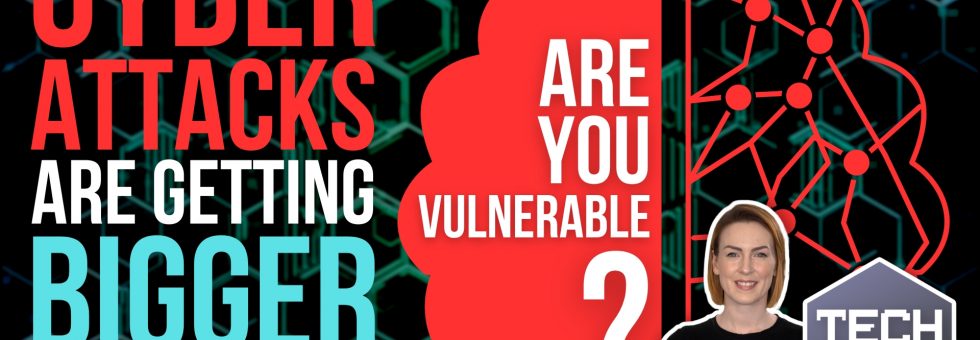Have you ever tried to buy tickets for a huge event and found that the seller’s website has collapsed under the weight of thousands of people all trying to do the same thing at the same time?
The ticket site falls over – usually temporarily – because the server is overloaded with traffic it doesn’t have the capacity for.
Criminal Distributed Denial of Service attacks – DDoS, for short – exploit the same principle.
When a DDoS attack targets a business, it floods it with internet traffic in an attempt to overwhelm the system and force it to fail.
This results in the business and its customers being unable to access services. That may trigger a temporary failure, or it could be more serious. Last year, the average DDoS attack lasted 50 minutes.
That may not sound like a long time, but it’s enough to create angry customers, or to bring business to a grinding halt. And downtime can be costly.
The really bad news is that DDoS attacks are not only lasting longer, but they’re becoming bigger, more sophisticated and more common.
Recently, the biggest ever reported DDoS attack was reportedly blocked. At its peak, it sent 71 million requests per SECOND to its target’s servers. Prior to that, the biggest reported incident stood at 46 million requests per second.
Worse still, more businesses are reporting being targeted by DDoS attacks where criminals are demanding huge ransoms to stop the attack.
What does this mean for you?
It’s important you check all your security measures are up-to-date and working as they should be. Are your firewalls up to the task, with DDoS monitoring and prevention tools set up? And is your team fully aware of the importance of staying vigilant?
We can help make sure your business stays protected. Just get in touch.
Published with permission from Your Tech Updates




